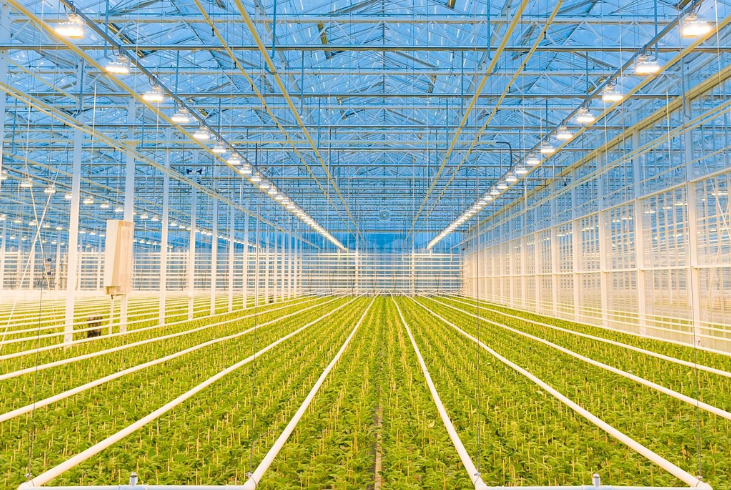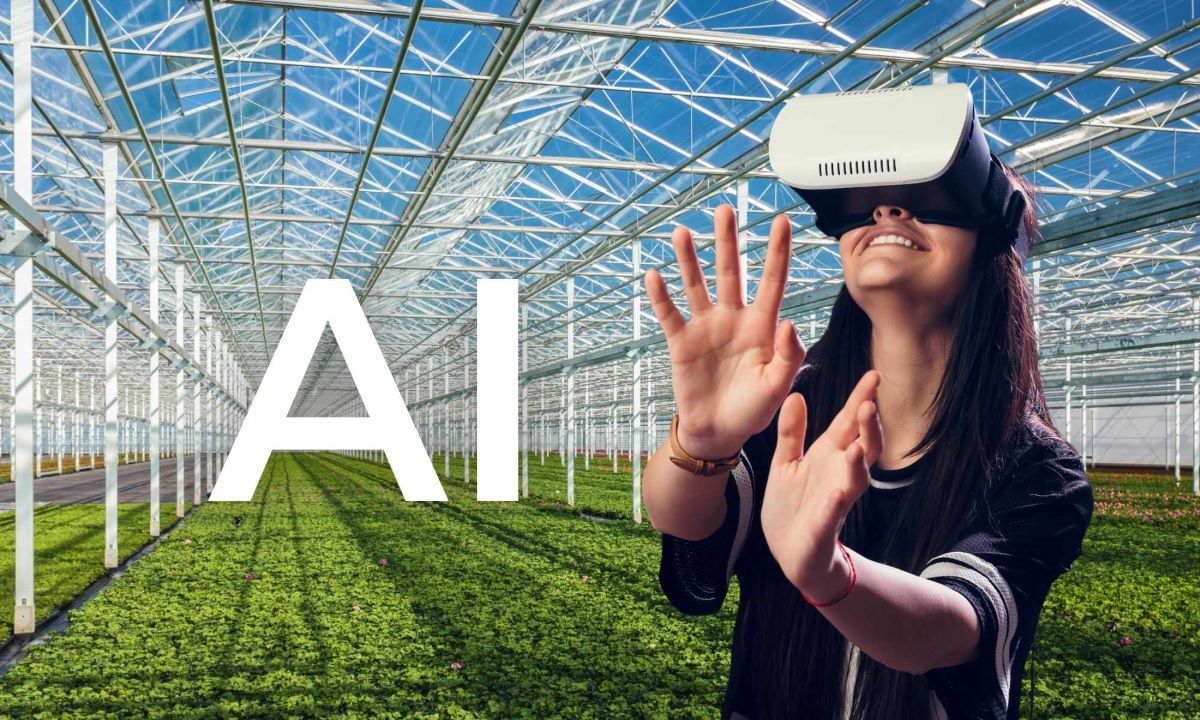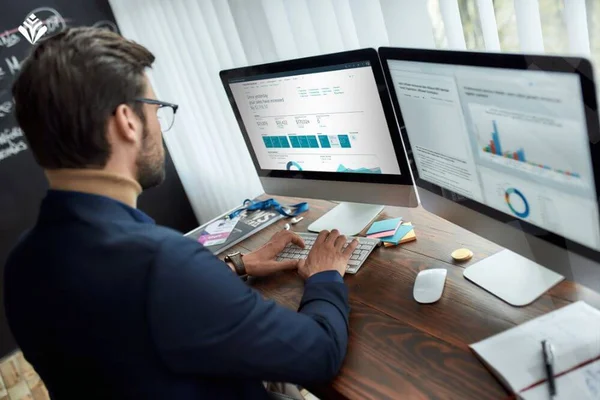ERP Software Horticulture Business Processes

I have spent a few years of my life working to address issues pertaining to business and information technology. My recent project was on addressing the gap between business processes and information technology in the Ghana cocoa industry. The project which was conducted with support from the Wageningen University information technology group received a lot of attention among stakeholders in the cocoa and information technology sector.
Currently, I am working as a business analyst in the Mprise Agriware product development unit. I have spent a couple of months in this my current role and have found out that bridging the gap between horticulture business processes and information technology is also a critical concern in the horticulture sector.
What is Business IT Alignment?
The relations between business and information technology which most people called ‘’business-IT alignment’’ is the process of using information technology to derive business value. Information technology since it existence has been useful to many business sectors.
Currently, there are a number of information technologies in the market for the horticulture sector. Some of these technologies are specific for a particular domain within the horticulture sector. The dynamic nature of the different domains in the sector makes it difficult to choose information technology for business activities and tasks performed in the sector.
Information technology in the horticulture
The sector grows and produces living products that are diversified in nature, vulnerable to pests and diseases and seasonal changes. The multiple levels of the activities carried out in the sector also makes it difficult to plan and manage the business functions in the sector using non-customized information technologies.
Because of these, many stakeholders in the sector use Microsoft Excel sheet and other related desktop applications to plan and manage their activities. Though these applications are useful, to some extent they have some limitations in supporting the unique business processes in the horticulture sector.
Having an integrated software package will contribute to supporting the different levels of the business processes in the horticulture sector. This will help to bridge the gap between the horticulture business processes and information technologies.
Enterprise Resource Planning for business processes
Currently, Enterprise Resource Planning (ERP) software has been recognized as an integrated business software that supports diversified business processes. ERP is a management information system that provides value to the business in areas such as production planning, sales, order management, accounting, distribution, inventory control and human resources.
With an ERP package, the different departments or responsibility centers in a company can communicate and share real-time information. For example, the sales department in a company can share sales data with the production department.
Despite the different modules in the package, the software can be customized to fit the needs of a particular organization. In a manufacturing company, for instance, ERP is used to plan the production processes, manage resources, and control inventory. These have helped a lot of manufacturing companies in the world to fulfill the needs of their customers and their external organizations.
Collaboration with ERP
ERP packages have also evolved over the period. Previous ERP software focused on manufacturing and distribution within an enterprise. This makes it difficult for information sharing because all the data generated is consumed within the enterprise.
Collaboration beyond the boundary of an enterprise is not possible. These packages can only be applicable to businesses where the processes are stable with low uncertainty in demand. To address these concerns, existing ERP has been modified with new functionalities and layers around standard ERP to cover the different sectors.
These modern ERPs are applicable to the horticulture sector and have currently been implemented by several stakeholders in the horticulture sector. The flexibility associated with these modern ERP systems makes it easier to plan and manage the biological business processes in the horticulture sector. Modern ERP packages also give easy accessibility and sharing of data and information across supply chains.
Software can support the entire life-cycle
Mprise Agriware is a typical example of modern ERP package that supports horticulture business processes. Mprise Agriware provides a solution to support the entire life-cycle of the business activities of the stakeholders in the horticulture sector.
For example, in the production phase of a plant, Agriware solution help stakeholders to plan and manage the different production phases that relate to sowing, potting, spacing and delivering. Also for each of these phases, the software allows stakeholders to plan for the different activities and resources required for each of the above-mentioned phases.
The functions performed by the Mprise Agriware package also extend beyond the boundary of a particular enterprise. As a modern ERP, Mprise Agriware is also flexible to address the needs of the different sectors: potted plants growers, young plant propagation, annual & perennial plants, seed and cutting multiplication.
With modern ERP packages such as Mprise Agriware, the gaps between the business processes and information technologies in the horticultural sector across the world and my Ghana cocoa case can be bridged.








